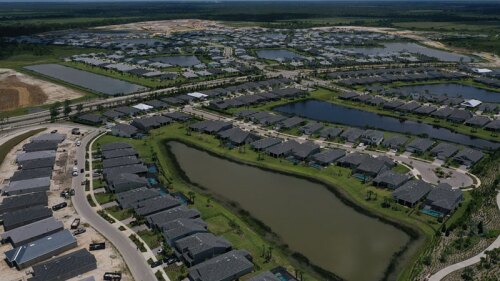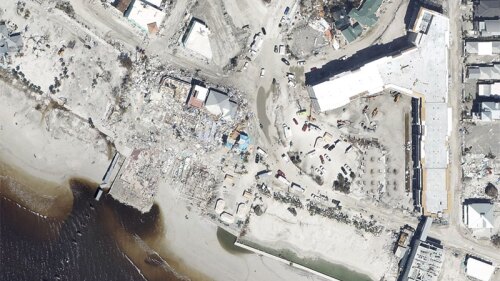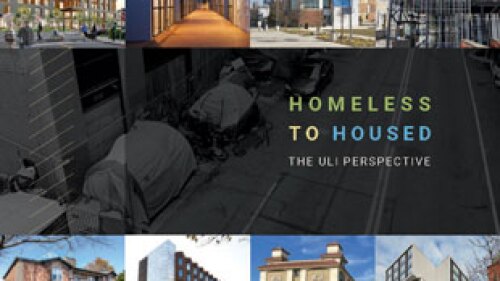In December, Moody’s Investors Service issued a reportencouraging cities to invest in climate adaptation and mitigation. Cities will be evaluated in the future at least in part on how they prepare for both short-term climate “shocks” and longer-term trends associated with climate change.
Moody’s is the largest credit rating agency to date to publicly outline how it evaluates climate change risk and integrates it into its credit rating assessments.
In the report, the United States is divided into seven “climate regions,” identified by both geography and the type of mostly common regional impacts—for example, drought, extreme heat, and wildfires in the Southwest; rising sea level and its impact on coastal development in the Northeast; and flooding and other impacts on agriculture in the Midwest. The report stresses, “If federal, state, and local governments do not adapt, these risks are forecast to become more frequent and severe over time.”
Cities that are already taking proactive steps to address climate change mitigation and resilience may welcome this additional level of scrutiny. A municipal credit rating based in part on climate change preparation could lead to a virtuous circle—cities that invest in climate preparedness would see a higher bond rating, allowing them to attract more low-interest capital to invest in a broader range of strategies to prepare for the short- and long-term impacts of climate change.
For cities that have not developed a climate action plan, or begun investing in climate change preparedness, Moody’s report could be a wake-up call—if credit becomes harder to come by, these cities could be at a credit disadvantage to their peers, and find it hard to find the financing to catch up.
In the report, Moody’s encourages cities to develop local adaptation and mitigation programs specific to their most likely short-term climate “shocks” and longer-term climate trends. In the Midwest, the report recognizes that “impacts on agriculture are forecast to be among the most significant economic effects of climate change.” In the Southwest, the report recognizes that the region will become even more vulnerable to extreme heat, drought, rising sea levels, and wildfires. Rising sea levels and their effect on coastal infrastructure are the biggest projected long-term impact on the Northeast.
As Moody’s recognizes climate change as a threat to municipal bond ratings, other debt markets have already begun integrating energy efficiency and climate change mitigation into their evaluation process. Fannie Mae is issuing green mortgage–backed securities for assets with a third-party green building certification or major energy efficiency improvements, and providing green financing loans to help drive these energy efficiency improvements. Earlier this year, a study by the U.S. Department of Energy and Lawrence Berkeley National Laboratory found that energy-efficient commercial buildings are less likely to default on their mortgages than their more energy-inefficient peers, further strengthening the case that commercial debt markets should incorporate energy efficiency into their underwriting process as well.




